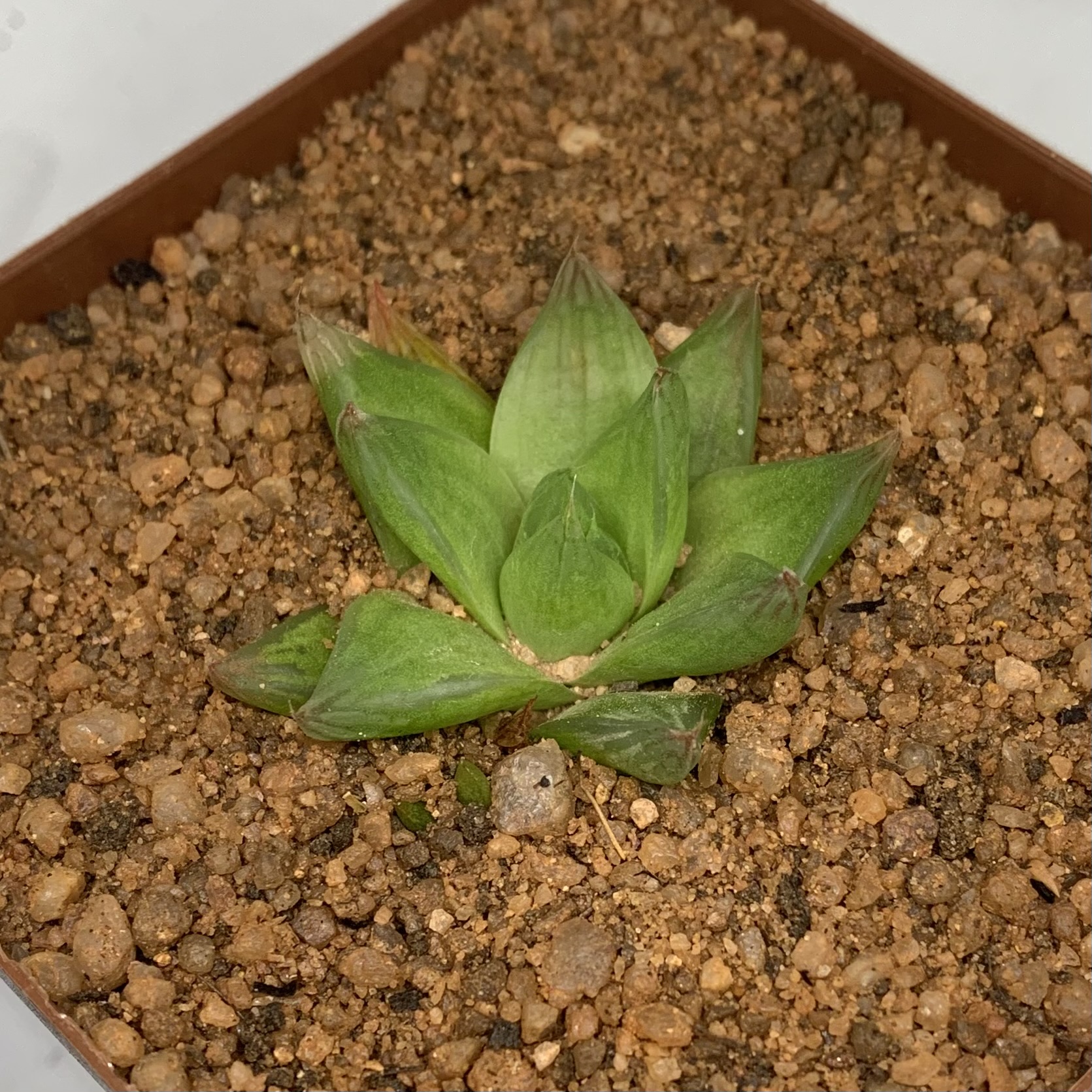
Haworthia cymbiformis
R35.00
Out of stock
Family: Asphodelaceae
Haworthia cymbiformis is a popular succulent native to South Africa, known for its smooth, fleshy leaves that form rosettes resembling the shape of a small boat or a cymbal—hence the species name “cymbiformis.” It is a favorite among collectors due to its attractive leaf form and relatively easy care.
Origin and Habitat
This species is native to the Eastern Cape Province of South Africa, where it grows on rocky outcrops and slopes, often in partial shade beneath shrubs. The natural habitat features well-draining soil and moderate temperatures with seasonal rainfall.
Plant Description
Haworthia cymbiformis forms compact rosettes of thick, fleshy, translucent leaves that are light green to deep green in color. The leaves are smooth, ovate, and curved upwards, creating a boat-like shape. Their translucent “windows” on the upper leaf surface allow light to penetrate for photosynthesis even when the plant grows in shaded areas.
The plant grows slowly, typically reaching about 7–10 cm in diameter. It produces slender flower stalks with small, white tubular flowers, usually in spring.
Care Instructions
Light
Prefers bright, indirect light or filtered shade. While it tolerates some direct morning or late afternoon sun, intense midday sun can cause leaf scorching.
Watering
Water deeply but only when the soil is completely dry. During the growing season (spring through autumn), water every 2–3 weeks. Reduce watering in winter.
Soil
Requires well-draining soil, such as:
2 parts cactus or succulent potting mix
1 part pumice or coarse sand
1 part perlite or grit
Good drainage is essential.
Temperature
Thrives between 18°C and 27°C. Can tolerate brief exposure down to 5°C if kept dry. Protect from frost.
Additional Information
Haworthia cymbiformis is easy to propagate by offsets or leaf cuttings. It is generally resistant to pests but may occasionally attract mealybugs. Good airflow and careful watering help maintain plant health.
This species is ideal for indoor growing or shaded succulent gardens and is valued for its elegant, sculptural leaf form.
Plants
Explore our rare cycads, clivias, and succulents.
Shop
Garden
© 2025. All rights reserved.
(WhatsApp)
